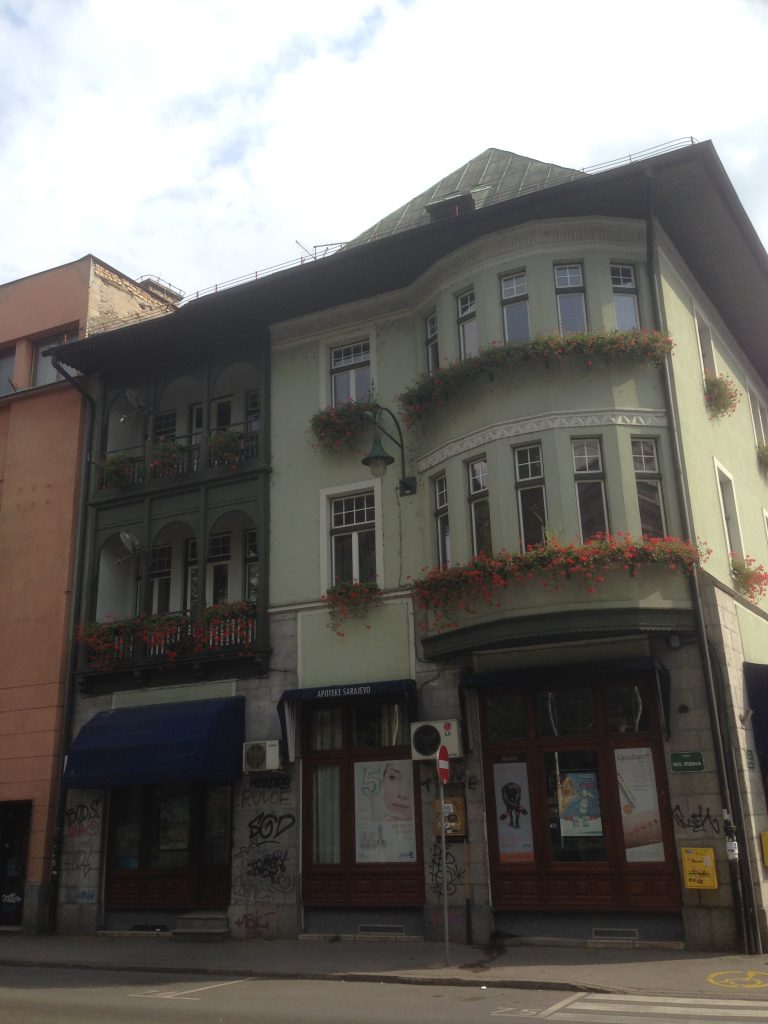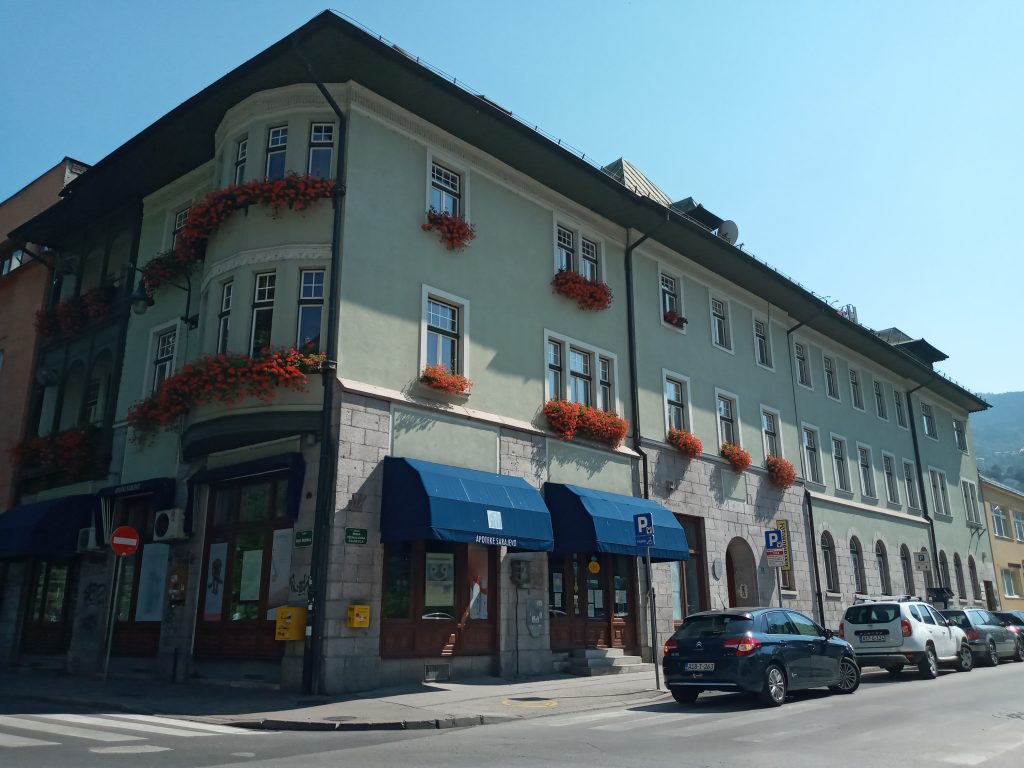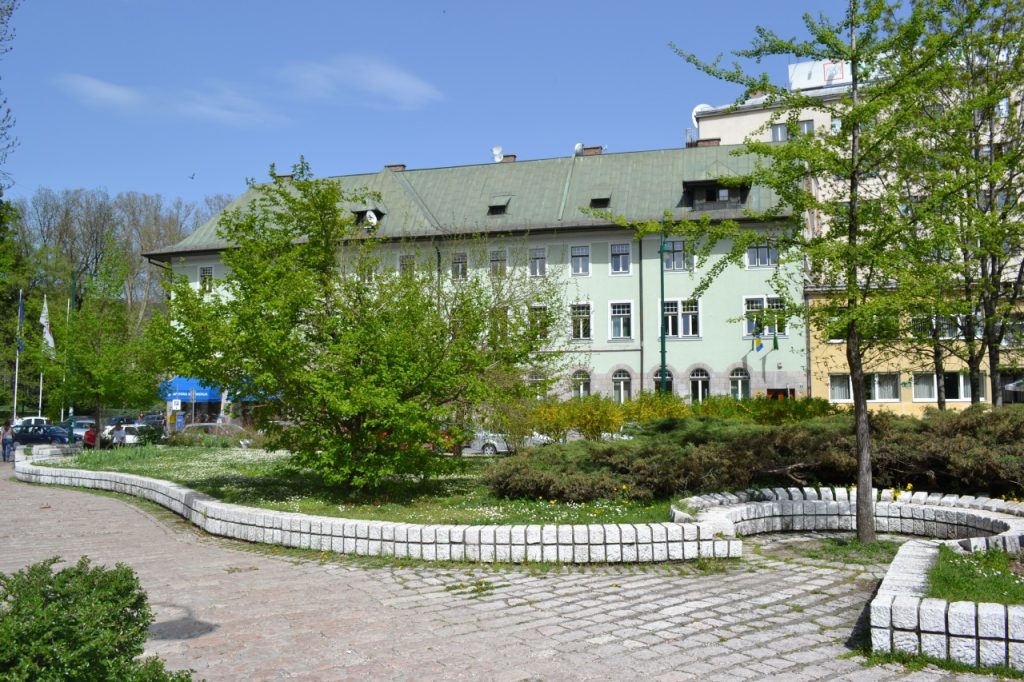The building of the Zemaljski vakuf and the Hadin Ali Pasha vakuf is the building of the Wakuf Directorate of the Islamic Community in Bosnia and Herzegovina in Sarajevo. It is located on the corner between Reis Džemaludin Čaušević and Mis Irbina streets, in the immediate vicinity of the Presidency of Bosnia and Herzegovina and the Sarajevo County Government building. From 1959 to 1992, the building was the Palace of the Supreme Islamic Elders, and the residence of the Reis-ul-ulema.



